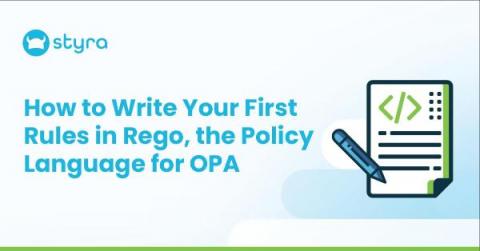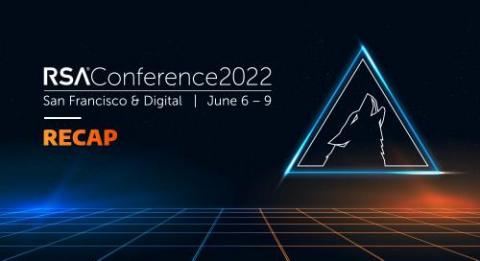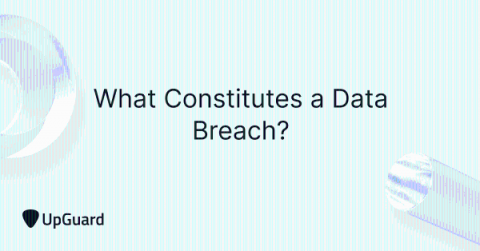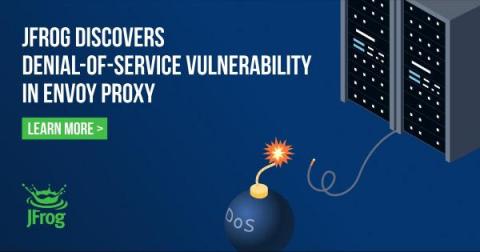How to Write Your First Rules in Rego, the Policy Language for OPA
Rego is the purpose-built declarative policy language that supports Open Policy Agent (OPA). It’s used to write policy that is easy to read and easy to write. Fundamentally, Rego inspects and transforms data in structured documents, allowing OPA to make policy decisions. Rego was originally inspired by Datalog, a common query language with a decades-long history, but extends its capabilities to support structured document models like JSON.











